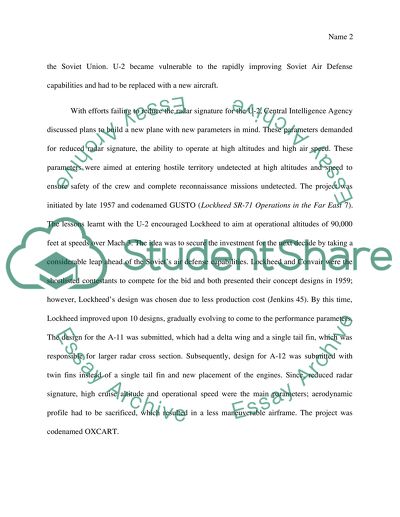Cite this document
(“Lockheed A-12/OXCART as an intelligence platform Essay”, n.d.)
Lockheed A-12/OXCART as an intelligence platform Essay. Retrieved from https://studentshare.org/military/1494432-lockheed-a
Lockheed A-12/OXCART as an intelligence platform Essay. Retrieved from https://studentshare.org/military/1494432-lockheed-a
(Lockheed A-12/OXCART As an Intelligence Platform Essay)
Lockheed A-12/OXCART As an Intelligence Platform Essay. https://studentshare.org/military/1494432-lockheed-a.
Lockheed A-12/OXCART As an Intelligence Platform Essay. https://studentshare.org/military/1494432-lockheed-a.
“Lockheed A-12/OXCART As an Intelligence Platform Essay”, n.d. https://studentshare.org/military/1494432-lockheed-a.


